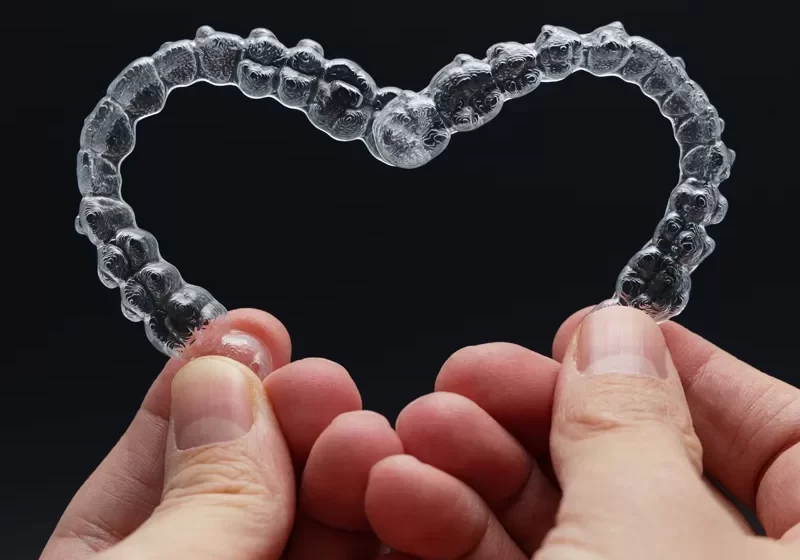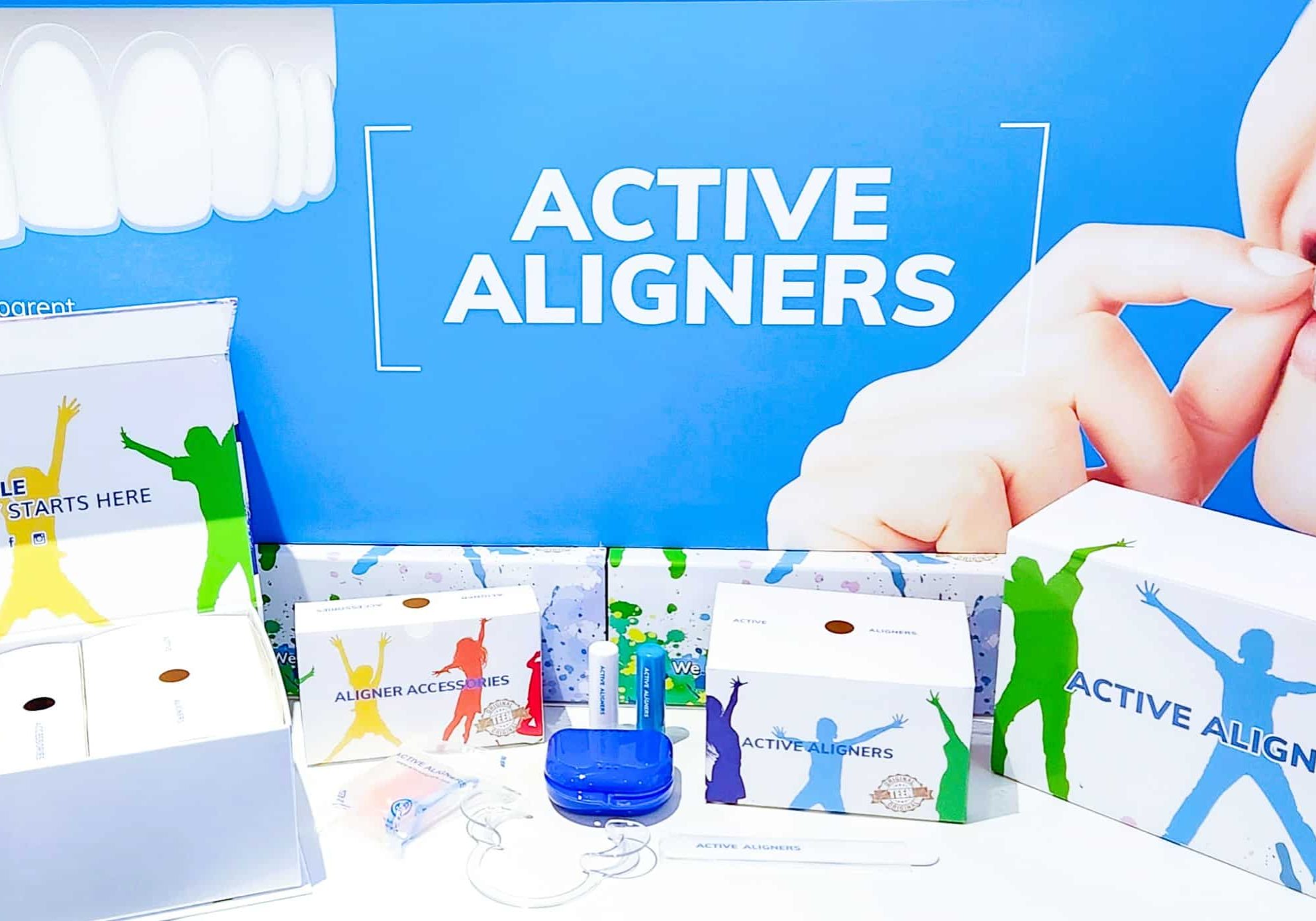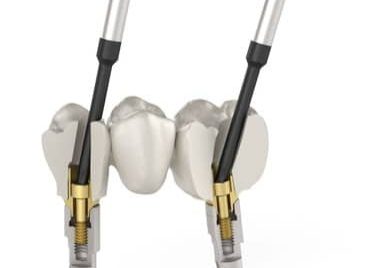Composite Attachments Made Easy for the GDP
Why Composite Attachments Matter in Clear Aligner Success
In clear aligner therapy, precision matters. While digital planning sets the stage, it's the hands-on techniques like composite attachment placement that determine how well aligners perform in the mouth.
For general dental practitioners offering aligner treatment, mastering composite attachment placement is essential — and easier than it seems when you follow the right protocols. This blog breaks down the when, why, and how of attachments, helping you improve outcomes without overcomplicating your workflow.
What Are Composite Attachments, and Why Do We Use Them?
Composite attachments are small, tooth-coloured shapes bonded to the tooth surface. Their job is to give aligners something to grip — improving force delivery and allowing for movements that would otherwise be inefficient or impossible.
Common uses include:
-
Extrusion or rotation of teeth
-
Root torque control
-
Anchoring to prevent unwanted drift
-
Enhancing tracking, especially in more complex cases
Done well, attachments are virtually invisible, comfortable for the patient, and significantly improve treatment efficiency.
Benefits of Attachments in Aligner Cases
✅ Enable more complex tooth movements
✅ Improve aligner tracking and predictability
✅ Reduce refinements and mid-course corrections
✅ Allow greater control without elastics or additional appliances
When placed correctly and monitored throughout treatment, attachments can be the difference between a predictable result and a frustrating one.
How to Place Attachments: Step-by-Step for GDPs
-
Clean and isolate the teeth
-
Use rubber dam or cotton rolls for moisture control.
-
Etch and bond the target teeth
-
Etch with 37% phosphoric acid, rinse and dry.
-
Apply a reliable bonding agent and light cure.
-
Seat the attachment template fully
-
Provided in your Active Aligners case, it shows exact position and shape.
-
Inject flowable composite into the template
-
Avoid overfilling. Less is more for clean margins.
-
Cure through the template
-
Ensure light reaches all angles — double check for molars.
-
Remove template and finish
-
Use a scaler to remove flash and check edges with an explorer. Polish only if needed.
-
Test fit the aligner
-
Ensure no distortion and that it seats fully over the attachments.
Dr Dan’s Top Tips for Successful Attachment Placement
-
Don’t rush the isolation
Moisture control is key. If the bond fails, movement fails.
-
Use the right composite
Flowable enough to fill the shape, but with high enough filler to retain durability.
-
Mark the teeth beforehand
Dry-run with the template and mark where attachments go to avoid confusion.
-
Cure from all angles
Especially on posterior teeth — a mirror and patience are essential.
-
Refit and reassess
Always test fit the aligner after placing attachments to ensure no lift or tension.
Troubleshooting: When Things Don’t Go to Plan
-
Aligner won’t seat?
Check for excess composite or mispositioned attachment. Refine and retry.
-
Attachment keeps debonding?
Revisit moisture control. You may need to lightly roughen the enamel next time.
-
Patient complains of discomfort?
Check flash or shape edges. A fine disc or polishing point can smooth things out.
Final Thoughts: Small Shapes, Big Impact
Composite attachments may be tiny, but their role in treatment success is significant. As a GDP using Active Aligners, getting confident with attachment placement will help you deliver smoother cases, happier patients, and better long-term outcomes.
With the right preparation and support, this part of the process becomes second nature — and that’s what we’re here to help with.
Looking to refine your hands-on technique?
Join one of our practical training sessions and build confidence placing attachments and IPR in real-world scenarios.









